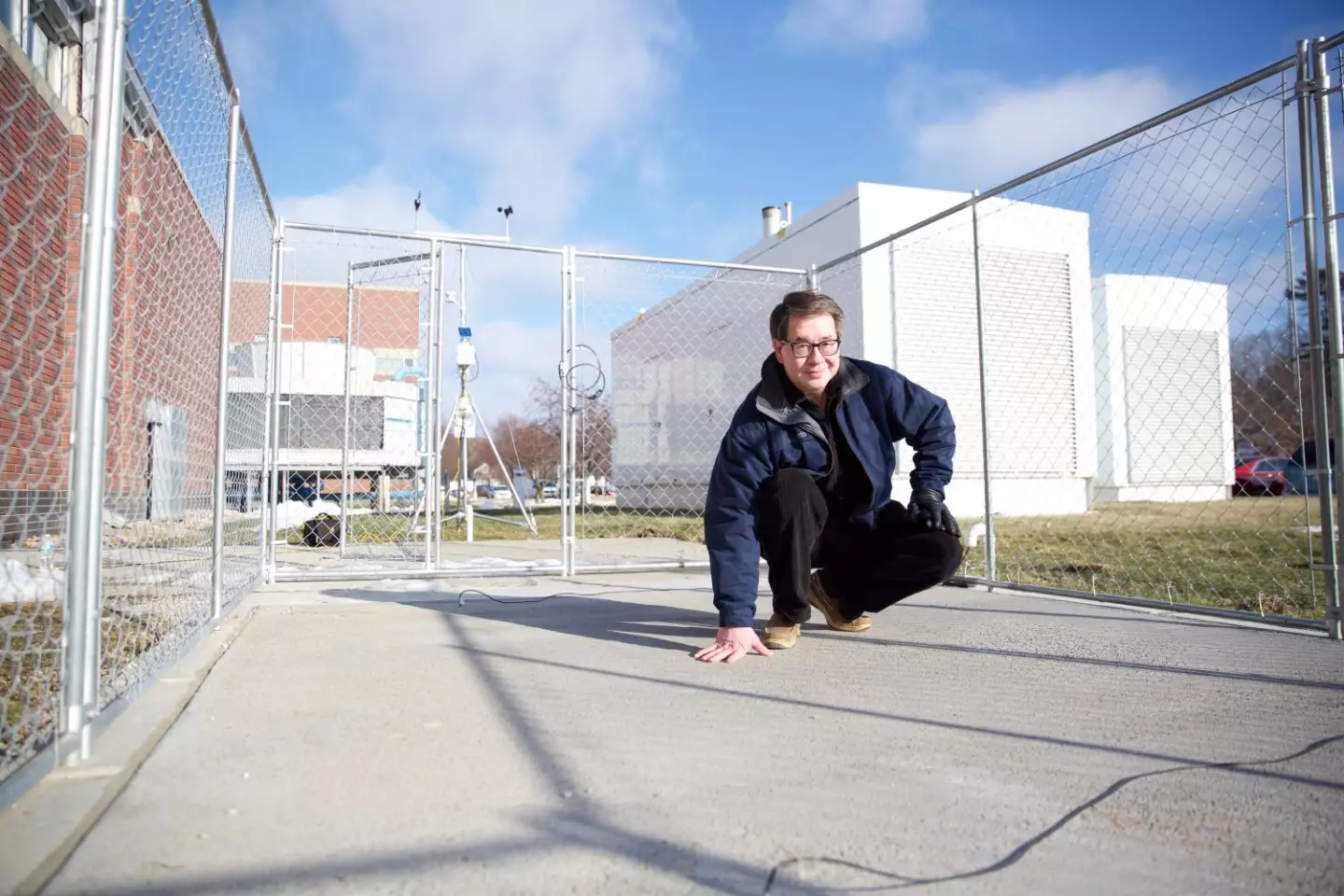Anyone who's dealing with the current snowstorm in the US will know that clearing snow is hard work and futile if there's another dump. The University of Nebraska-Lincoln's Chris Tuan may have put an end to the need to shovel snow, however. His conductive concrete simply melts any snow that lands.
The special concrete has added steel shavings and carbon particles that make up around 20 percent of the mixture. This is enough to allow the solidified material to conduct electricity, thereby giving off heat and melting any snow and ice that has settled on it. Despite this, it remains safe to the touch.
Tuan, a professor of civil engineering, and his research team are working with the US Federal Aviation Authority (FAA) to test the concrete. According to Tuan, the FAA is interested in potentially using the technology at airports.
"To my surprise, they don't want to use it for the runways," says Tuan. "What they need is the tarmac around the gated areas cleared, because they have so many carts to unload – luggage service, food service, trash service, fuel service – that all need to get into those areas. They said that if we can heat that kind of tarmac, then there would be far fewer weather-related delays."

Airports wouldn't be the first application of Tuan's conductive concrete. A form of the material was on a bridge as far back in 2002 and is said to have been successfully de-icing its surface ever since. While he says it's not cost effective to lay entire roads using conductive concrete, Tuan says that it is well suited to targeted locations like this, with other suitable locations including intersections, exit ramps, driveways and sidewalks.
In a similar use of technology, Tuan has also shown that concrete with the mineral magnetite mixed into it can be used to block electromagnetic waves. Such a material could be used for protecting against cell-phone triggered attacks or espionage.
The conductive concrete is being tested with the FAA until March this year.
Source: University of Nebraska-Lincoln





